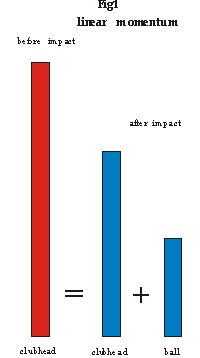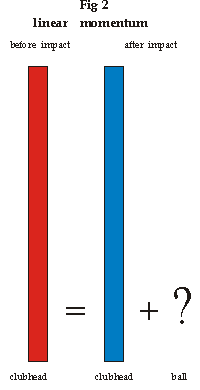EA is really more of a swingers thing, or maybe the TGM hitting approach if driving the right arm through impact which I believe to be a horrific method of hitting a golf ball, because it promotes pivot stalling through impact… and either drives the shaft off plane, over rotates the clubface through impact or both. I don’t even see it being useful for chipping or pitch shots.
EA (extensor action) for those who don’t know is a pushing of the right arm that is used to straighten or keep the left arm straight.
TGM’s premise is that the body should act like a machine, with a stationary head or center and a fixed or constant swing radius. The problem is that if you were to build such a machine, I am sure any ball striking machine would be bolted to the ground. Unfortunately we as humans only have a few spikes on our shoes, therefore we need an increase in knee flex to increase vertical ground pressures so that we can have a platform to drive the pivot with active resistance in the feet.
This of course lowers the head, and ALL great strikers to this. It’s a very false assumption that the head is the center of the golf swing.
As far as it’s use here in what I promote, it’s a very overrated concept, for the simple fact there have been many many great strikers that do not have a rigid straight left arm at the top of the backswing. If the hand travel is very short, then it can work well as Hogan applied, but the advantage of having a bit of flex in the left arm is that it acts as an over acceleration inhibitor at transition for better players. The lack of tension does help drop the shaft more behind you on the downswing,
which then allows you to rotate the torso and shoulders more level without coming OTT. This is a great move.
With a rigid left arm, then a shorter backswing works well, if you can keep the left arm on or below the shoulder line from a DTL view… and of course flat gear does wonders also.
The only time I really prescribe EA to a student is if they really have a problem with an over bent left arm… then it makes sense to learn to apply it.
Another confusion about EA and the direction in which it is applied. Most TGM instructors teach that the direction of pressure is in line with the shaft… but if you read TGM, this is not the direction Homer was suggesting. So again you have this lost in translation stuff going on.
If you actually read the book, Homer makes it very clear the direction it needs to go… I’ll leave that for a bit of self discovery for anyone who needs to know!
But since driving the right arm actively or passively is to me… more than a questionable procedure, I found this one of the primary reasons for having to jump ship on TGM, because both of Homer’s methodologys suggest doing so. There is no where in the book Homer discusses the right arm resisting straightening to stabilize lowpoint, limit clubface rotation post impact, aid in keeping the shaft on plane, tightening the swing radius to increase pivot rotational speed and so forth.
If you take a closer look, you will see a lot of bent left arms not only at the top but at impact also. I am sure many more major championships have been won with bent left arms than straight ones… so in that sense, it lacks historical support there as well.


